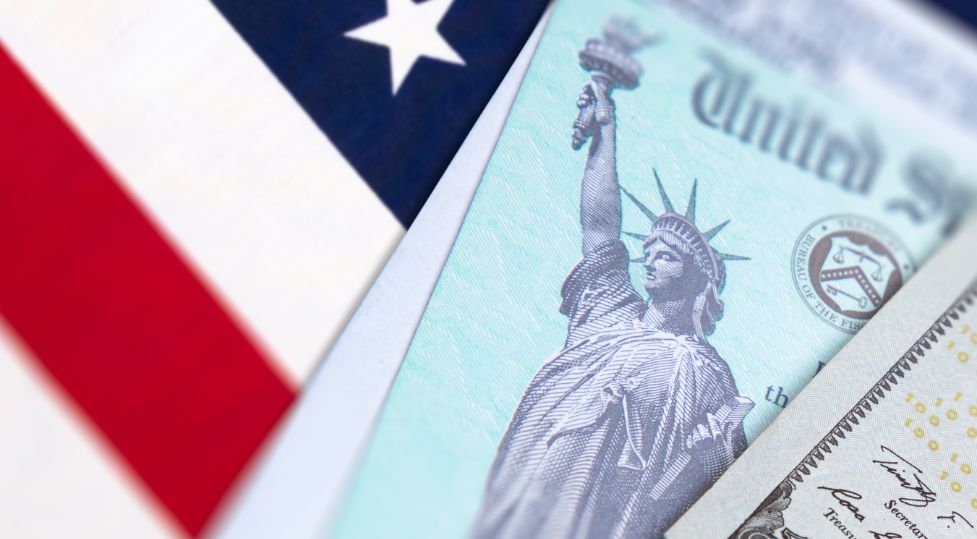The results of Argentina’s midterm elections could strengthen President Javier Milei’s ability to advance his reform agenda by increasing legislative support and signaling popular confidence in his new policy direction. It remains to be seen how Milei will improve the fragile external liquidity position, which has exposed the Argentine economy to significant volatility over the past two months, according to a report by Fitch Ratings.
The midterm elections marked Milei’s first major electoral test since taking office in December 2023 and suggest that public support for his adjustment program still exists. As such, the election outcome strengthens the prospects for maintaining a primary fiscal surplus, which has been the cornerstone of the adjustment program, by enabling the government to reduce its reliance on central bank monetary financing.
The significant fiscal improvement in 2024 relied heavily on temporary factors (such as taxes on foreign currency purchases and an initial inflation spike), so its preservation and extension will depend on more permanent and specific measures, such as subsidy reductions. Similarly, the election results improve the chances of implementing the microeconomic reforms included in the IMF program for Argentina, including measures aimed at simplifying the tax system and reducing distortions, promoting formal employment and labor mobility, deregulating the economy, and addressing a major actuarial imbalance in the pension system.
However, the outlook for international reserve accumulation, as set out in the IMF program, remains a key uncertainty following the elections. The transition from a crawling peg to a managed float (within a band) in April 2025 did not lead to reserve accumulation beyond the inflows from the IMF program. Reserves came under renewed pressure after the PBA elections rattled market confidence, prompting heavy foreign exchange sales by the Argentine Central Bank and Treasury to defend the peso at the upper limit of the band—triggering extraordinary support from the U.S. Treasury.
Reserves amounted to $40 billion at the end of October, but liquid reserves represent only $20 billion, net of gold and the unusable portion of a swap with China. A $20 billion swap with the U.S. Treasury represents a new cushion, but its terms have not been disclosed and it does not eliminate the need to accumulate endogenous reserves.
The current exchange rate regime does not appear conducive to current account surpluses that would drive reserve accumulation, making the process reliant on financial inflows. The removal of foreign exchange controls and the RIGI incentive regime could attract investment. It remains to be seen whether the post-midterm increase in confidence will be sufficient to support reserve accumulation, or whether authorities will also implement changes in monetary or exchange rate policy to ensure it.
While U.S. support helped Argentina weather recent market volatility, the need for such backing underscores the country’s high external vulnerability, still reflected in its “CCC+” sovereign rating, according to Fitch Ratings. Improving this rating will depend on further policy changes that allow the country to sustainably build its own foreign currency buffers and regain market access—so that it no longer relies on emergency loans from official creditors and can eventually repay its large stock of debt accumulated during previous crises.




